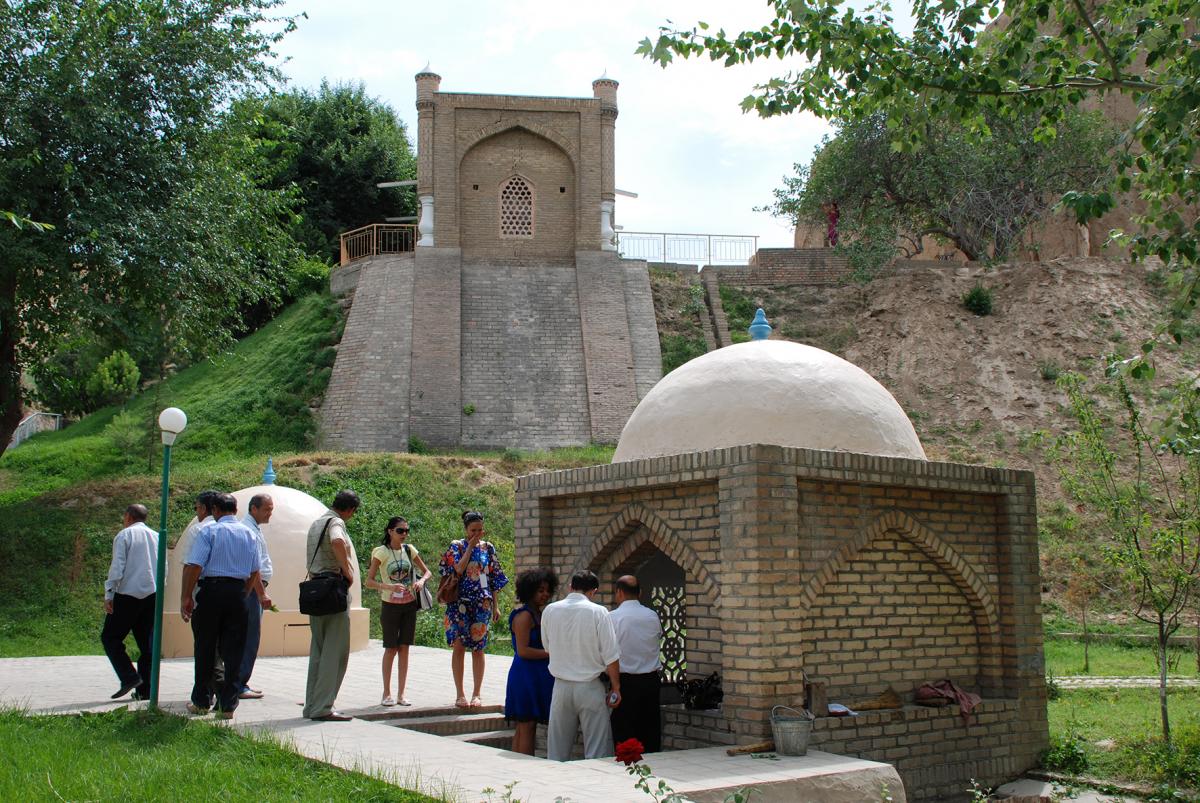Shrines of Uzbekistan
Shrines of Uzbekistan
2019 30 November
Hojja Daniyar Shrine

One of the most ancient, worldwide known legends is that of the Old Testament prophet Daniel. He is equally revered by the followers of three religions– Jews, Christians and Moslems. According to the Bible, Daniel, who was called Hojja Daniyar by Moslems, was a descendant of King Solomon and lived in the 5th-4th centuries B.C. in Jerusalem. God endowed him with ability to prophesy.
Daniel properly interpreted one of the Nebuchadnezzar’s dreams, and was lavishly showered with the king’s favours. Having moved to Babylon, Daniel foretold many impending events including the destruction of the Persian Kingdom by the Greeks and the breakup of the empire of Alexander the Great into four parts. Daniel accurately predicted, four hundred years before the events occurred, the advent of Christ in Jerusalem, the Crucifixion and the Resurrection. One of the visions was that of God imparting to the mankind the holy book “closed up and sealed until the time of the end”, which is the Koran.
Once Daniel had a vision of “a man clothed in linen”, who ordered him to make a journey to distant countries. Thus one day he arrived in Samarkand, to the court of the Persian Achaemenid satrap of Sogd. He lived in Samarkand through the last years of life, having reached a very old age. The Christians praise Prophet Daniel’s memory, and the Moslems alike revere Hajji Daniyar as saint.
At Afrosiab archeological site, which hides the ruins of ancient Marakanda, at the edge of a cliff overhanging the Siab river, there is one of the oldest Samarkand burial places - Hajji Daniyar mazar. The Prophet’s mortal remains are buried here.
Unusually long sarcophagus, 20 metres in length, can be explained by a mysterious quality of the saint’s body to grow. It goes on growing in the grave and has already become gigantic. (Some explorers believe that the tombstone of such a size was meant to protect the prophet’s remains from desecration: it is not easy to find the remains in such a big grave)
Next to Hajji Daniyar’s tomb there is a spring. Its water is believed to be holy, able to heal both body and soul. All year round pilgrims belonging to various religions come to the shrine for cure from all over the world.

Stay up to date with the latest news
Subscribe to our newsletter, be aware of all discounts and promotions
 ENG
ENG  РУС
РУС
 O'Z
O'Z






